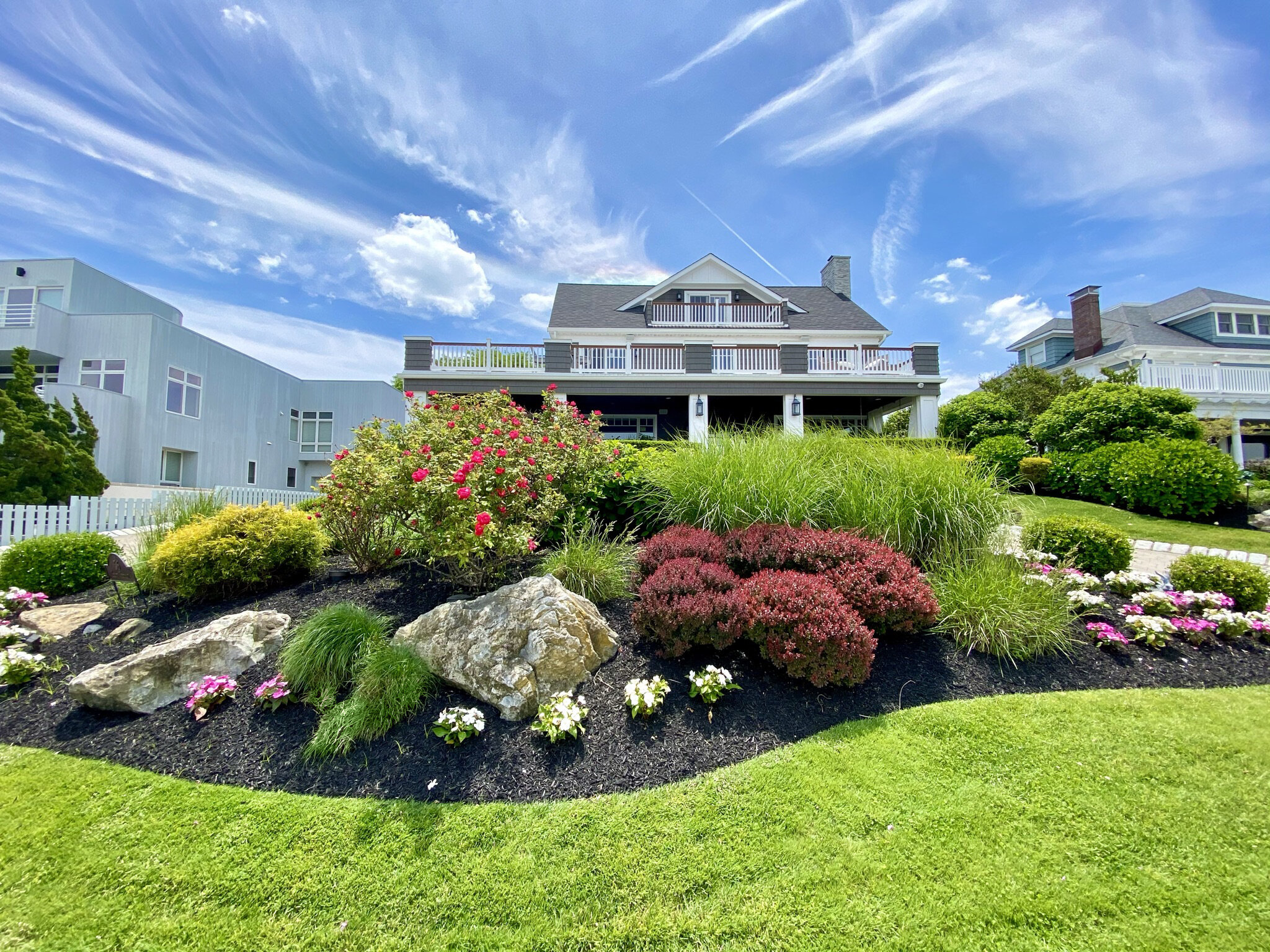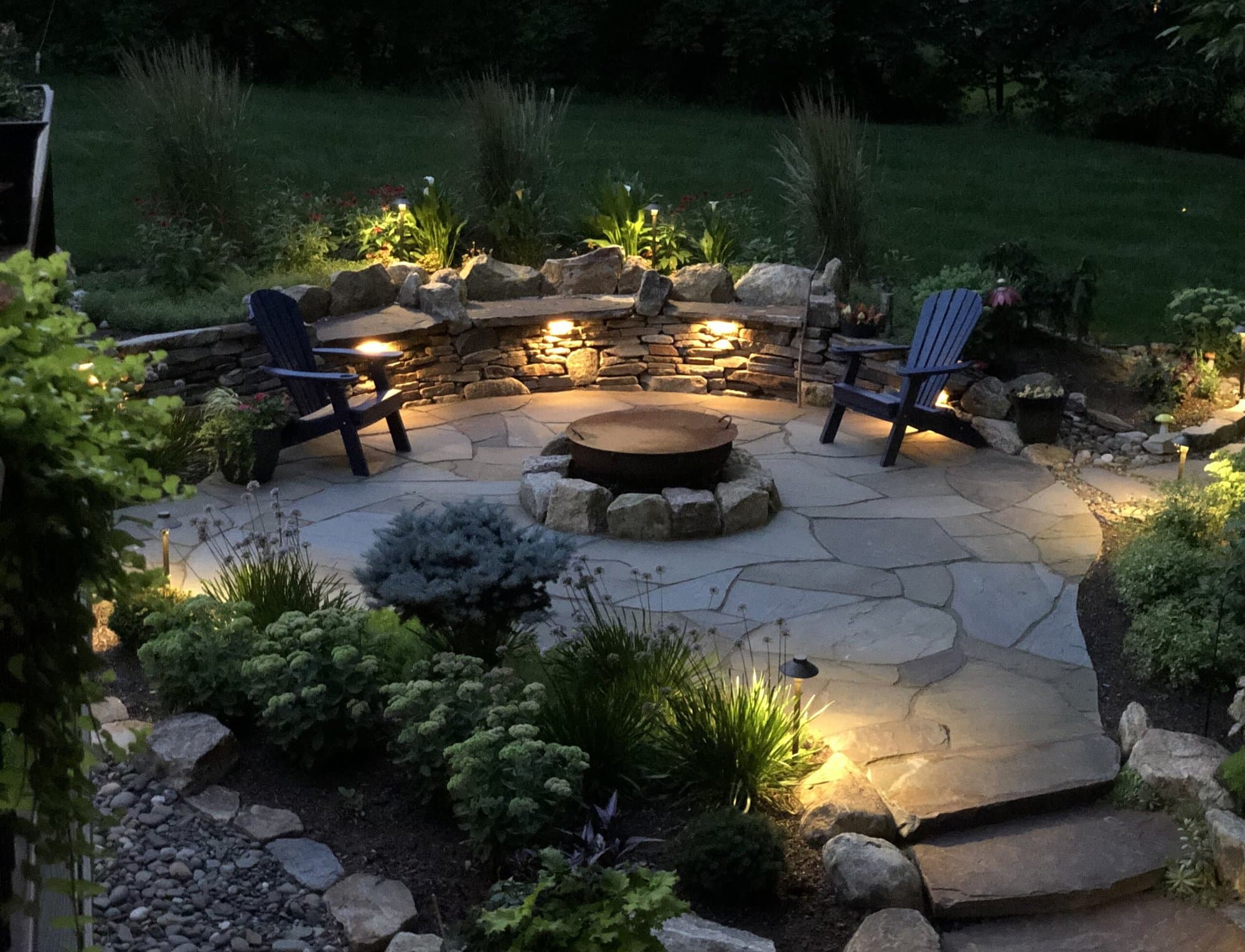Upgrade Your Residential Property with Personalized Palm Desert Landscaping Solutions
Upgrade Your Residential Property with Personalized Palm Desert Landscaping Solutions
Blog Article
A Comprehensive Guide to Designing and Implementing Effective Landscaping Solutions
The art and science of landscape design prolong beyond plain appearances; they entail a thoughtful assimilation of layout concepts, ecological stewardship, and useful application. A detailed guide to reliable landscape design services starts with an extensive understanding of your outdoor space, stressing the relevance of unity, equilibrium, and proportion. As we check out sustainable strategies and the selection of ideal plants, the implications for biodiversity and neighborhood well-being become significantly obvious. What techniques can one employ to make certain these landscapes not just flourish yet also prosper attuned to their surroundings?

Recognizing Landscape Layout Principles
One may wonder what fundamental components add to effective landscape layout. At its core, successful landscape layout rests on numerous crucial principles that assist the arrangement and selection of aspects within a space. These principles consist of unity, proportion, rhythm, and equilibrium, each offering to develop a harmonious exterior atmosphere.
Unity describes the natural connection among different parts, guaranteeing that they function together aesthetically and functionally. Equilibrium can be achieved via unbalanced or balanced arrangements, enabling the landscape to really feel stable and inviting. Proportion entails comprehending the scale of aspects in relation to each various other and the surrounding atmosphere, advertising aesthetic harmony and comfort.

Evaluating Your Outdoor Area
Prior to applying the principles of landscape style, a thorough assessment of your outside room is vital. This initial examination aids define the extent of your landscaping job and ensures that your style aligns with the special features of your residential or commercial property. Begin by examining the measurements of your room, taking specific dimensions to understand the available location for various aspects such as patio areas, gardens, and pathways.
Next, observe the existing features of your landscape, including topography, soil quality, and water drainage patterns. These factors substantially affect plant option and placement. Furthermore, analyze the sunlight exposure across different locations throughout the day, as this will certainly influence the kinds of plants that prosper in your garden.
Consider the microclimates developed by frameworks, trees, and various other barriers, as they can impact temperature level and moisture degrees. Finally, bear in mind of any type of existing plants or hardscape components that you desire to remove or keep. This thorough examination lays the groundwork for a well-informed and effective landscaping solution, ensuring that your layout is not only aesthetically pleasing yet lasting and also useful for many years ahead.
Lasting Landscaping Strategies
These techniques visit this site right here not only promote environmental equilibrium but also improve the visual and functional worth of a landscape. Applying efficient irrigation systems, such as drip irrigation, lessens water waste and makes certain that plants obtain adequate wetness (Palm Desert Landscaping).

An additional reliable strategy is the strategic placement of trees and shrubs to supply all-natural windbreaks and shade, therefore reducing power prices (Palm Desert Landscaping). Rain yards can be incorporated into the landscape design to handle stormwater drainage effectively, filtering system toxins prior to they enter waterways
Picking the Right Plant Kingdoms
Selecting the right plants for your landscape is important to attaining both visual charm and environmental consistency. The procedure starts with an understanding of your local environment, dirt problems, and the particular microenvironments within your landscape. Examining variables such as sunshine exposure, wetness degrees, and existing vegetations will certainly help you select plants that flourish in your one-of-a-kind setup.
Take into consideration incorporating native plants, as they are well-adapted to local problems, call for much less upkeep, and assistance neighborhood wild animals. In addition, selecting a diverse variety of types can improve biodiversity while minimizing the danger of illness and bug break outs. It is vital to review the development routines, growing durations, and seasonal shades of prospective plants to produce a dynamic and cohesive landscape.
Moreover, think of the planned use the room; as an example, if the location will certainly experience high foot web traffic, go with resilient ground covers. By thoughtfully picking plants that line up with both your environmental needs and aesthetic objectives, you can produce a sustainable landscape that not only boosts your home however also contributes favorably to the surrounding community.

Implementation and Maintenance Techniques
As soon as the best plants have actually been selected for your landscape, the emphasis shifts to efficient execution and ongoing upkeep approaches. Effective installation starts with correct site prep work, which consists of soil testing to establish nutrient levels and pH, complied with by changing the dirt as required. Thoroughly set up plants according to their development habits and light requirements, guaranteeing appropriate spacing to advertise healthy and balanced development.
Watering is a crucial aspect of implementation. Establish a watering timetable that thinks about the details needs of each plant varieties, adjusting for seasonal adjustments. Using drip watering systems can improve water effectiveness and lower overflow.
Maintenance approaches must be executed to make certain the durability and vitality of your landscape. Routine tasks include weeding, mulching, and trimming to regulate growth and protect against illness. Fertilization ought to their explanation be performed based upon dirt examinations, giving the required nutrients without over-fertilizing.
Checking for insects and conditions is necessary; early detection can prevent substantial damages. Seasonal adjustments to upkeep routines, such as preparing and winterizing perennials for spring development, will certainly ensure that Visit This Link your landscape continues to be visually enticing and healthy year-round.
Verdict
Successful application and recurring upkeep further guarantee the durability and vigor of landscapes. By integrating these components, landscapes can be changed into lovely, practical settings that promote biodiversity and contribute positively to neighborhood wellness.
One may question what fundamental elements add to effective landscape layout. At its core, successful landscape layout hinges on numerous essential concepts that guide the arrangement and selection of elements within an area.Choosing the right plants for your landscape is vital to attaining both aesthetic appeal and ecological harmony. It is important to assess the growth routines, flowering periods, and seasonal colors of potential plants to create a vibrant and natural landscape.
As soon as the appropriate plants have actually been picked for your landscape, the emphasis moves to efficient implementation and ongoing maintenance strategies.
Report this page